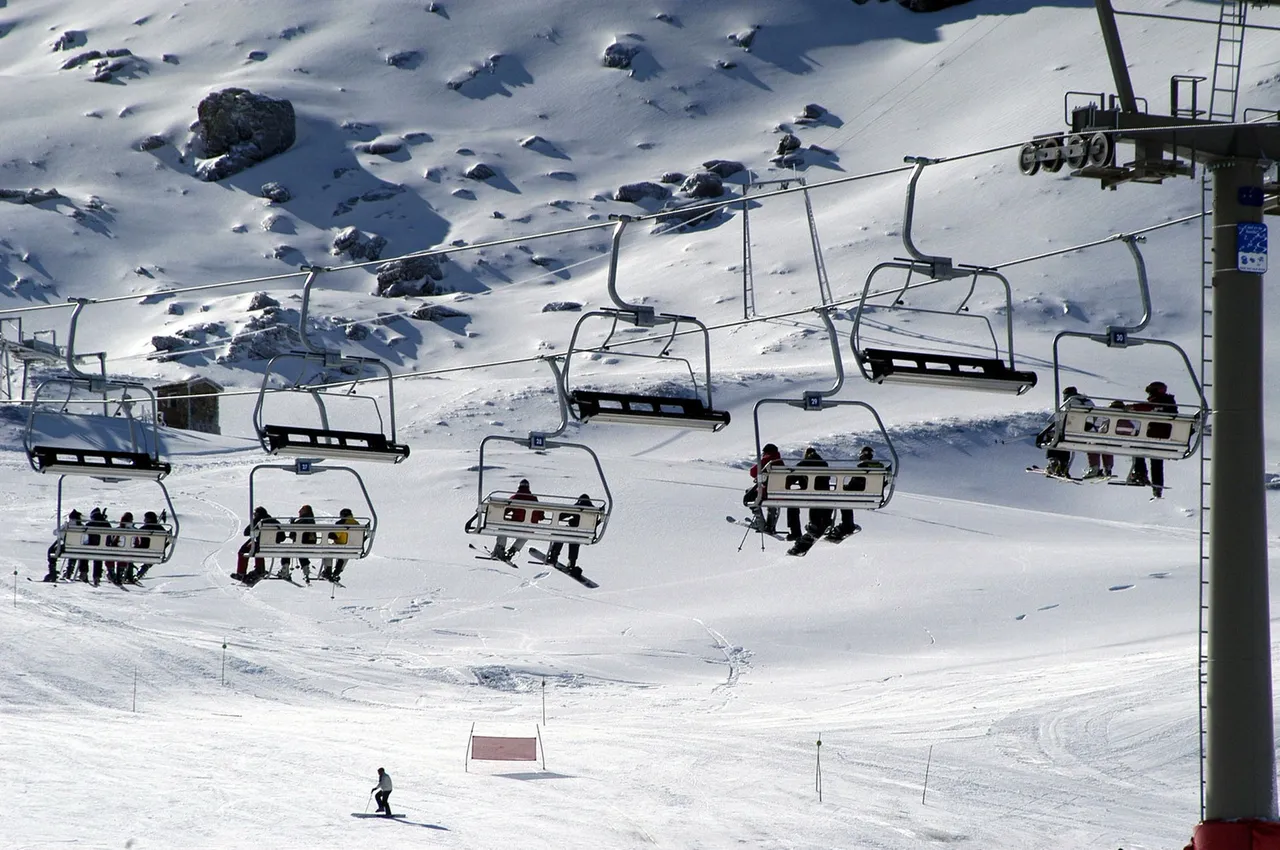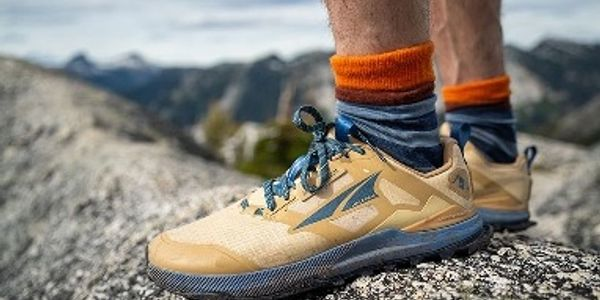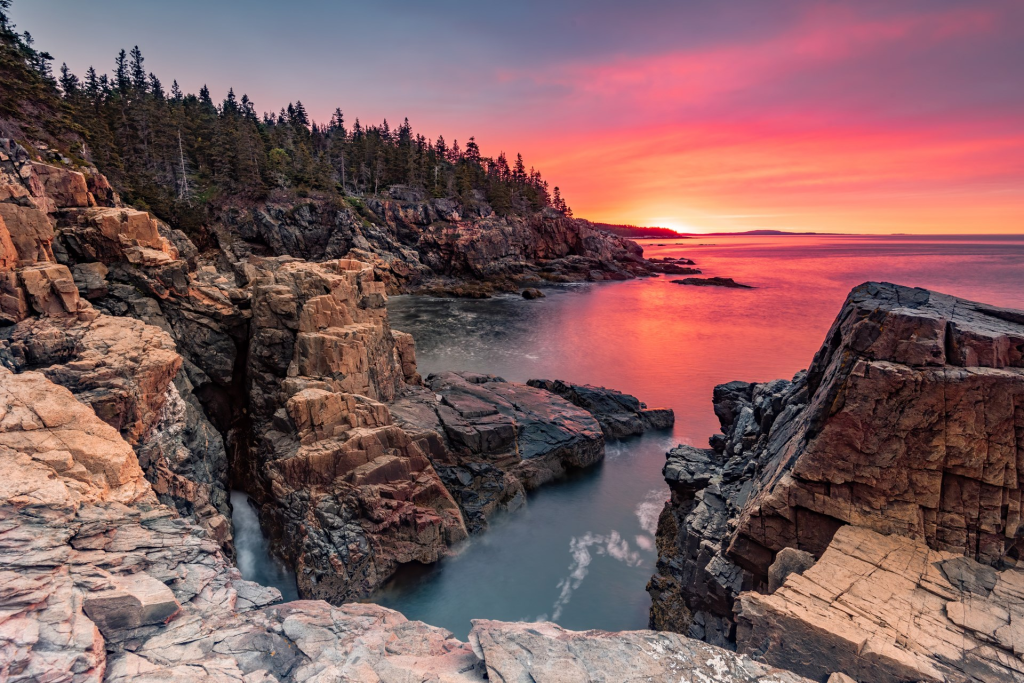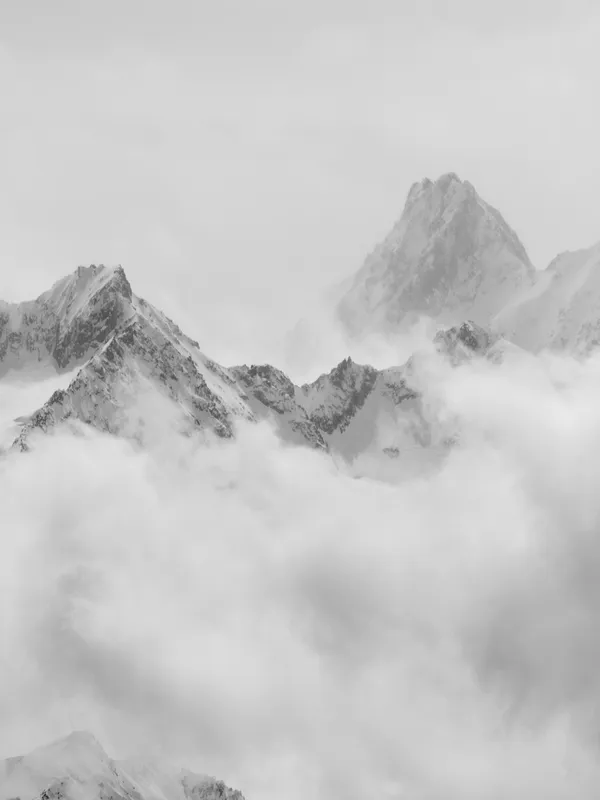The Future of Resort Skiing and Snowboarding
By Cap Puckhaber, Reno, Nevada
I’m Cap Puckhaber, a marketing professional, amateur investor, part-time blogger, and outdoor enthusiast. Normally, I write at The Hiking Adventures about hiking trails, backcountry trips, and the joy of unplugging from the noise of everyday life. But with winter around the corner, it’s time to take a hard look at another side of the outdoor world: skiing. Specifically, how ski resorts consolidate under giants like Vail Resorts and Alterra is reshaping not only the way we ski, but also the lives of the people who call mountain towns home.
If you’ve been skiing or snowboarding for more than a decade, you’ve watched the sport change dramatically. What started as a pastime rooted in exploration, community, and the raw beauty of snow-covered peaks has become a polished business machine. Lift tickets can top $300 a day. Base villages look more like luxury malls than rustic ski towns. Parking lots are jammed before sunrise. And the workers who keep everything running often can’t afford to live within an hour of the slopes.
When ski resorts consolidate it has benefits no denying that. Multi-resort passes like Epic and Ikon have made destination skiing easier for those who can afford them. But there’s a growing cost: fewer independent resorts, less competition, and rising prices that leave many wondering whether skiing is turning into a sport for the wealthy few. Let’s break it down.
The Rise of Vail and Alterra: How We Got Here
In the early days, ski areas were often run by passionate locals who loved the sport and the lifestyle. Many resorts started as rope tows built by farmers or community clubs. Through the 1970s and 1980s, a handful of bigger players started to emerge, but the industry still felt regional and personal.
That changed in the 1990s and 2000s, when corporations and private equity saw the profit potential. Vail Resorts went from a few Colorado mountains to owning or operating 42 resorts today, including icons like Whistler Blackcomb, Park City, Breckenridge, and Heavenly. Alterra Mountain Company, formed in 2018, quickly snapped up resorts across North America, including Mammoth, Steamboat, and Deer Valley. Together, they dominate the landscape.
There are still independents like Powdr Corp, Boyne Resorts, and a handful of private operators but the two-headed beast of Vail and Alterra has effectively turned the ski industry into a duopoly.
For skiers, this consolidation shows up in every part of the experience: how much we pay, where we ski, what towns look like, and even what kinds of jobs are available.
Epic vs. Ikon: The New Skiing Economy
When Vail launched the Epic Pass in 2008, it changed the game. For a flat fee, skiers could access multiple mountains. This year, the full Epic Pass costs just under $982 plus taxes and fees. Compare that to a single-day ticket at Vail or Beaver Creek, which now tops $300 on peak weekends, and the value proposition is clear: ski five days, and the pass pays for itself.
Not to be outdone, Alterra introduced the Ikon Pass in 2018, offering access to their growing roster of resorts. The two passes now function as ski industry gatekeepers. If you want variety, you pick a side.
But there’s a catch. Buying one of these passes requires paying up front, often in the spring or summer, long before you know what the snow will look like. For families, that’s thousands of dollars locked in months ahead of time. And if life throws a curveball—a warm winter, an injury, a work commitment you’re out of luck.
For the corporations, though, it’s perfect. The upfront cash flow stabilizes revenue, buffers against poor snowfall years, and guarantees loyalty. For skiers, it creates an all-or-nothing decision: either commit to a pass, or risk paying nosebleed day-ticket prices.
The Price of a Lift Ticket in 2025
The numbers tell the story better than anything. In 1990, a single-day lift ticket at Vail was $38. Seniors skied for $28, and those over 70 skied free. Fast-forward to today, and that same ticket costs more than $300. That’s nearly a 700% increase in just over three decadesfar outpacing U.S. inflation rates.
For families who just want a casual day on the slopes, that math doesn’t work. A family of four could easily spend over $1,200 on lift tickets for a single Saturday, before factoring in rentals, food, or lodging. It’s no wonder that skiing increasingly feels like an exclusive hobby.
Season passes soften the blow for committed skiers, but even they come at a steep price. An Epic or Ikon Pass hovers around $1,000, plus add-ons for local perks, blackout dates, or additional destinations. For many, it feels less like a recreational choice and more like a financial commitment on par with a second mortgage payment.
The Hidden Cost: Ski Town Housing and Workers
Beyond the slopes, consolidation has reshaped the towns themselves. Resorts are no longer just about skiing they’re vertically integrated businesses. Vail Resorts, for example, earns hundreds of millions annually not only from lift tickets and passes but also from lodging, dining, and retail. When you arrive at a Vail-owned resort, chances are you’ll stay in a Vail-owned hotel, eat at a Vail-owned restaurant, and even ride in a Vail-owned shuttle.
That’s great for shareholders, but tough for locals. Housing in mountain towns has become nearly impossible for workers to afford. Short-term rental platforms like Airbnb and VRBO push rents higher, and property owners can make far more renting to tourists than to seasonal employees.
In Park City, Utah, ski patrollers went on strike in 2024 for the first time in over 50 years, demanding higher wages and better conditions. The resort eventually agreed to increases, but the broader issue remains: in many ski towns, workers have to commute 60–90 minutes because there’s no affordable housing left near the mountains they serve.
For a sport that relies heavily on service staff, ski instructors, patrollers, and hospitality workers, this disconnect is a ticking time bomb.
The Luxury Village Model
If you’ve been to a major resort recently, you’ve seen the transformation firsthand. Base areas that once had a few local bars and gear shops are now gleaming “villages” with five-star hotels, upscale boutiques, and fine dining. Think Aspen-style luxury replicated across dozens of mountains.
On the one hand, it’s convenient. On the other, it prices out the quirky, authentic businesses that gave ski towns their character. Local coffee shops, dive bars, and mom-and-pop rental shops struggle to compete with corporate-owned operations that funnel profits back to Denver or New York instead of into the local economy.
This model shifts the culture of skiing from community-based to tourist-centric. The sport becomes less about carving turns with friends and more about luxury experiences for those who can afford them.
Are Ski Resorts Losing Money or Gaining Ground?
One of the big questions people ask especially when prices rise so steeply is whether resorts are struggling financially. The short answer: not really.
Vail Resorts’ annual report showed nearly $800 million returned to shareholders last year. Lodging revenue topped $336 million, while dining added another $227 million. Those aren’t the numbers of a struggling industry. Even in years with weak snowfall, prepaid passes keep revenue steady.
The real financial risk isn’t short-term—it’s long-term participation. If skiing prices out too many middle-class families, the pipeline of future skiers shrinks. That could leave resorts with aging customer bases and fewer young people entering the sport.
Is Skiing Losing Popularity?
This is another question that comes up often. The reality is mixed. On paper, skier visits have stayed relatively stable in recent years, buoyed by multi-resort passes and destination travel. But participation rates among new and casual skiers are slipping.
For those living near smaller hills, skiing can still be accessible. But for destination resorts—especially those controlled by Vail and Alterra—the rising costs, long lift lines, and gentrification of ski towns are turning away people who once might have been lifelong customers.
Backcountry skiing has grown significantly, fueled by affordable gear and the desire to escape the crowds. But that comes with its own challenges, including avalanche risk and overcrowding in popular zones. Organizations like the American Avalanche Association have warned about increased backcountry use straining both education and rescue resources.
Independent Alternatives: Indy Pass and Local Hills
The good news? Corporate skiing isn’t the only game in town. Independent resorts are still thriving, and many offer a more affordable, authentic experience.
The Indy Pass is a strong example. It grants access to over 180 independent resorts worldwide for around $350–$400, depending on the tier. These resorts may not have high-speed gondolas or Michelin-star restaurants, but they often deliver exactly what skiers and snowboarders want: great snow, shorter lift lines, and local flavor.
There are also beloved stand-alone resorts that continue to hold their own, like Jackson Hole, Bridger Bowl in Montana, and Mount Bohemia in Michigan. Supporting these places helps keep the diversity of ski culture alive.
FAQs: Answering the Top Ski Resort Consolidation Questions
What are the big three ski resort companies?
The industry is dominated by Vail Resorts, Alterra Mountain Company, and a third player, Powdr Corp, which owns resorts like Killington and Copper Mountain but operates on a smaller scale. Together, these companies control much of the North American ski market.
Is skiing losing popularity?
Not exactly. Skier visits remain steady, but costs and consolidation are pushing casual skiers out. Growth is happening more in backcountry and independent hills than in mega-resorts.
Are ski resorts losing money?
No. As CNBC reported, Vail and Alterra continue to post strong revenues, thanks to season pass sales and vertical integration of lodging and dining. The risk is more about long-term affordability than immediate profit.
What resorts take Epic and Ikon?
Epic covers Vail-owned properties like Whistler, Breckenridge, Park City, and Heavenly, plus partners in Europe and Japan. Ikon covers Alterra resorts like Mammoth, Steamboat, and Deer Valley, along with partners like Aspen and Jackson Hole.
Who is Vail Resorts’ biggest competitor?
Alterra is the primary competitor, though Boyne Resorts and Powdr Corp also operate notable properties.
How much does the CEO of Vail Resorts make?
According to SEC filings, Vail’s CEO earned several million in total compensation, including salary, bonuses, and stock—numbers that highlight the tension between executive pay and the struggles of frontline workers.
What is the Indy Pass?
The Indy Pass is an alternative season pass granting access to independent ski areas. It’s far cheaper than Epic or Ikon and supports small businesses, making it an appealing option for those looking to escape the corporate model.
The Future of Skiing: Where Do We Go From Here?
Skiing is at a crossroads. On one path, corporate consolidation continues to drive up prices, reshape towns, and make the sport increasingly exclusive. On the other, independent resorts, alternative passes, and grassroots efforts could preserve skiing’s soul.
For skiers, the choice comes down to priorities. If you want convenience and big-name destinations, Epic or Ikon may still make sense. If you care about affordability and community, supporting independents is a vote for diversity in the ski industry.
For mountain towns, the challenge is finding balance. Workers need housing. Locals need affordable options. And visitors need more than just luxury—they need authentic experiences that connect them to the outdoors, not just to another branded shopping plaza.
As we head into the 2025 season, one thing is clear: skiing will keep evolving. The question is whether it will remain a lifestyle accessible to everyday outdoor enthusiasts or drift further into a luxury product for the few.
For me, as someone who hikes, skis, and cares about the health of mountain communities, I’ll keep mixing it up: a few days on the big mountains, but plenty of time at local hills where the spirit of skiing still feels alive.
About the author
Cap Puckhaber is a marketing strategist, finance writer, and outdoor enthusiast. He writes across CapPuckhaber.com, TheHikingAdventures.com, SimpleFinanceBlog.com, and BlackDiamondMarketingSolutions.com. Follow him for honest, real-world advice backed by 20+ years of experience.
Backcountry Snowboarding Guide
Hiking and Backpacking Blog Posts
The War Against the Privatization of Public Land

Join our Mailing List
Sign up with us now and be the first one to know about our exclusive offers and product updates.
By submitting your information, you`re giving us permission to email you. You may unsubscribe at any time.
Follow Cap Puckhaber on Social Media


About the Author: Cap Puckhaber
Backpacker, Marketer, Investor, Blogger, Husband, Dog-Dad, Golfer, Snowboarder
Cap Puckhaber is a marketing strategist, finance writer, and outdoor enthusiast from Reno, Nevada. He writes across CapPuckhaber.com, TheHikingAdventures.com, SimpleFinanceBlog.com, and BlackDiamondMarketingSolutions.com.
Follow him for honest, real-world advice backed by 20+ years of experience.





